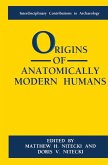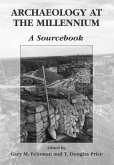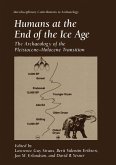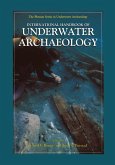Recent research has significantly altered this understanding, known as the Broad Spectrum Revolution (BSR) model. The contributions to this volume revise the BSR model, with evidence that coastal resources were an important part of human economies and subsistence much earlier than previously thought, and even the main focus of diets for some Pleistocene and early Holocene hunter-gatherer societies.
With evidence from North and South America, Europe, Africa, Asia, and Australia, this volume comprehensively lends a new understanding to coastal settlement from the Middle Paleolithic to the Middle Holocene.
Dieser Download kann aus rechtlichen Gründen nur mit Rechnungsadresse in A, B, BG, CY, CZ, D, DK, EW, E, FIN, F, GR, HR, H, IRL, I, LT, L, LR, M, NL, PL, P, R, S, SLO, SK ausgeliefert werden.
"Trekking the Shore is a welcome addition to the literature on the archaeology of coastal adaptations and the challenges involved in discovering and interpreting early coastal sites given the vagaries of Quaternary sea level changes, shifting shorelines, and coastal erosion. ... The book does an admirable job of that-virtually every chapter explicitly recognizing the importance of situating sites and assemblages within the dynamic landscapes and seascapes in which people lived." (Jon M. Erlandson, Journal of Anthropological Research, Vol. 68, 2012)









